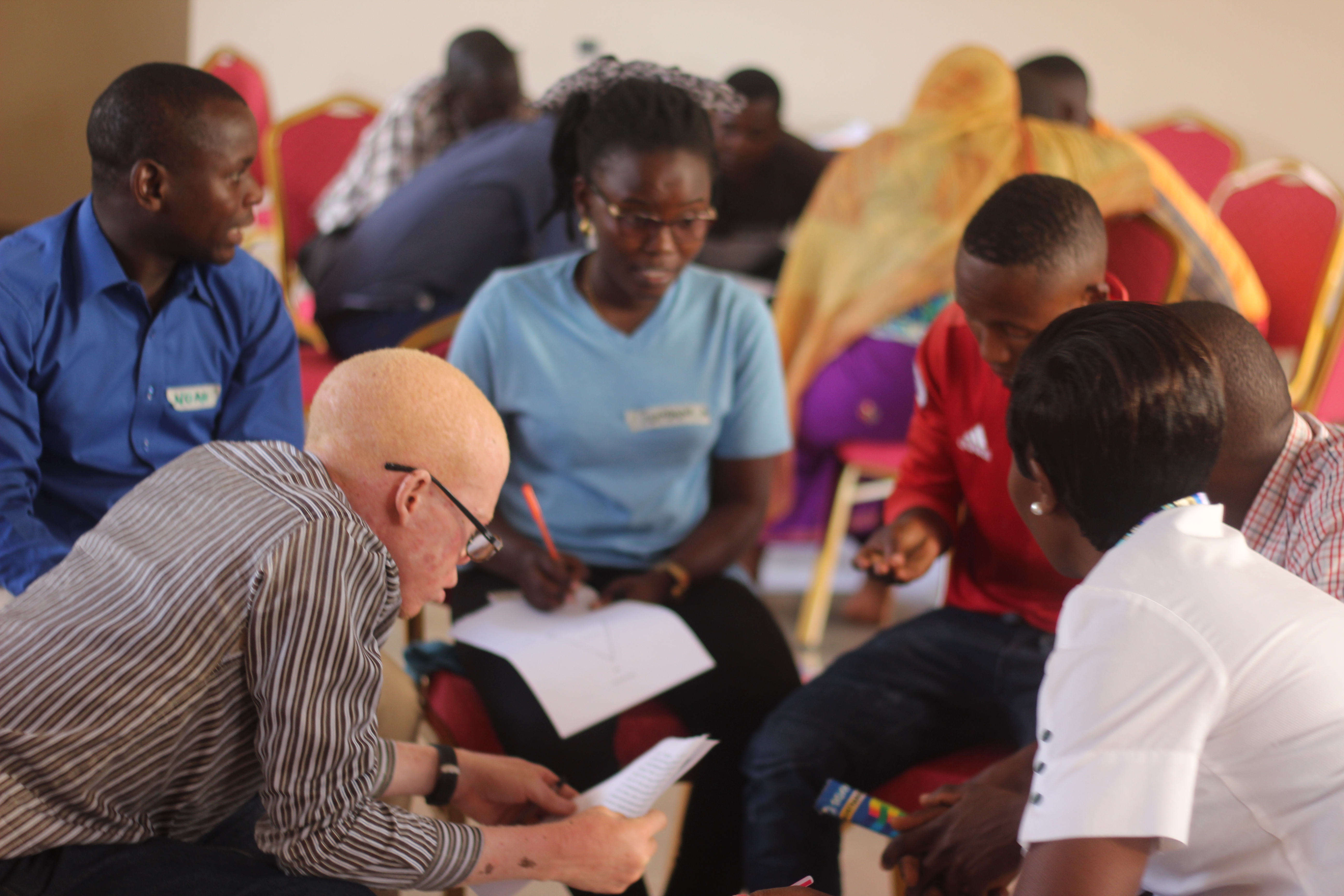There is an I in diversity. Let me tell you why.
Try the following 3-step exercise.
- On a piece of paper, write down up to 10 names of the people (with the exception of immediate family members) that you trust the most, essentially your closest friends.
- Write their socio-economic status, religion, age, political views, education level, sexual orientation, gender, ethnicity, and disability status.
- Work out whether these characteristics differ from your own – or not.
Are you unhappy about the results? That makes two of us.
I recently tried this exercise in a workshop on Inclusion and Diversity organised by the Hewlett Foundation. The majority of the attendees – including me – were disheartened. When we looked at our closest friends - with the exception of a few cases – we basically look at ourselves in a mirror. And I also had aggravating circumstances: I live in London, one of the most diverse cities in the world.

But what does this exercise have to do with our work as development practitioners?
More often than not – and thankfully so! – organisations working in the development sector apply principles and practices of inclusion in their projects. These vary from immediate practical steps to more integrated approaches to increase participation and empowerment of underrepresented groups.
Another fairly accepted belief – at least in theory - is that organisations that deliver inclusive projects have to be inclusive and diverse themselves. And this is because… well, need I say more?
A twin-track approach is commonly used by organisations to mainstream inclusion and diversity within their programmes as well as their organisations. At Integrity Action, for example, our Gender Equality and Social Inclusion strategy ensures that inclusion and diversity are mainstreamed into every aspect of our work, including, for instance, our hiring process, and that our partners are supported to reduce inequalities and exclusion.
How many organisations really take one step further by looking at their own staff’s self-awareness on issues of inclusion and diversity?
However, how many organisations really take one step further by looking at their own staff’s self-awareness on issues of inclusion and diversity? Not many is my guess.
This is why I think this exercise is so powerful - so much so that I strongly recommend it as a first step to every organisation’s mainstreaming journey: it forces you to look at yourself first.
So what did I learn about it (and myself)?
First, that I should not be too alarmed by the results: sociologists have long pointed out that we tend to associate with people who are similar to us. However, it is important to acknowledge this fact and perhaps try increasing our daily interactions with people who are different from us, to get a fresh perspective on life events and increase our sense of empathy.
How much easier would it be to design and implement inclusive projects if we had direct knowledge of different barriers and needs?
Second, I cannot stop thinking about how more comprehensive my work as a development practitioner would be if the people around me were really different from me. How much easier it would be for me to design and implement inclusive projects that cater for a variety of people if I had direct knowledge – from colleagues and closest friends - of different barriers and needs.
Finally, I am convinced now more than ever that, to achieve the kind of sustainable development that leaves no one behind, we need to start from discovering and understanding ourselves and our position in the world. The source of our own privilege and marginalisation. The power we lack, hold or even withhold. The barriers and needs that we know too well and those that are invisible to us.
Only then can we apply inclusion and diversity principles to our organisations and programmes in a meaningful – and transformative – way.


